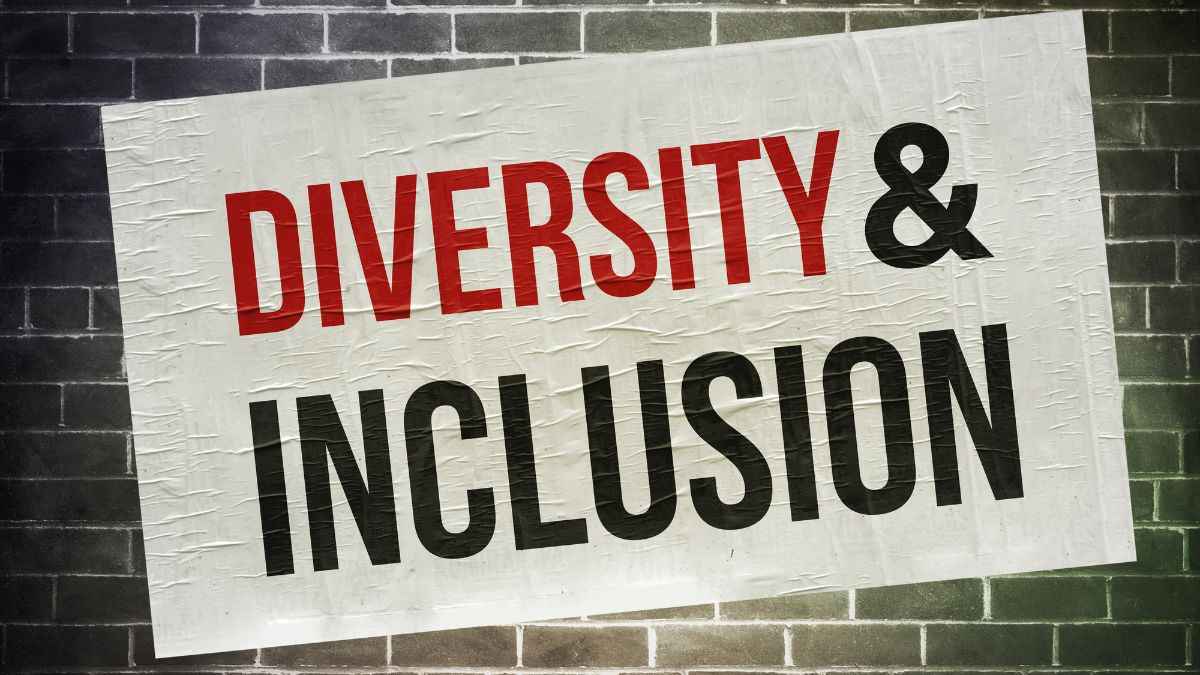As the world becomes increasingly diverse, companies are recognizing the importance of promoting diversity and inclusion in the workplace. In this article, we will discuss the demographic trends that are driving this need for diversity and inclusion, and explore the benefits that a diverse and inclusive workforce can bring to businesses.
Key Points
- The demographics of the workforce are rapidly changing, and businesses must adapt to stay competitive.
- Diversity and inclusion can improve innovation and attract a wider range of customers and clients, leading to increased revenue.
- Bias is a significant challenge to achieving diversity and inclusion in the workplace.
- Best practices for promoting diversity and inclusion include training, diverse recruitment, and policies to prevent bias.
- Creating a diverse and inclusive workplace is more important than ever before in today’s global economy.
Introduction
In today’s global economy, companies are competing not only for market share but also for talent. As demographic shifts occur, businesses must adapt to the changing workforce to stay competitive. Diversity and inclusion come into play in this situation. Companies that prioritize diversity and inclusion can attract and retain top talent, improve employee engagement, and increase innovation.
The Changing Demographics of the Workforce
The demographics of the workforce are rapidly changing. The baby boomer generation is retiring, and younger generations are entering the workforce. Additionally, immigration is playing a significant role in shaping the workforce. According to the U.S. Census Bureau, by 2045, the U.S. population will be minority-majority, meaning that no single race or ethnic group will make up the majority of the population.
The Business Case for Diversity and Inclusion
Businesses can derive various benefits from embracing diversity and inclusion. One of the most significant benefits is improved innovation. A varied staff has the potential to provide different outlooks and backgrounds, resulting in improved innovative solutions and novel concepts. Additionally, companies that prioritize diversity and inclusion can attract a wider range of customers and clients, which can lead to increased revenue.
Challenges to Achieving Diversity and Inclusion
While there are many benefits to promoting diversity and inclusion, there are also challenges that must be addressed. One of the biggest challenges is bias. Bias can occur in the recruitment process, promotion decisions, and day-to-day interactions in the workplace. It is important for companies to recognize and address bias to create a truly inclusive environment.
Best Practices for Promoting Diversity and Inclusion
There are several best practices that companies can implement to promote diversity and inclusion. These include:
- Training all employees in diversity and inclusion.
- Creating a diverse recruitment pipeline
- Implementing policies to prevent bias in recruitment and promotion decisions
- Encouraging open communication and feedback
- Providing opportunities for professional development and career advancement for all employees
Conclusion
In conclusion, the changing demographics of the workforce make promoting diversity and inclusion more important than ever before. By creating a diverse and inclusive workplace, companies can attract and retain top talent, improve innovation, and increase revenue. While there are challenges to achieving diversity and inclusion, there are also best practices that companies can implement to create a more inclusive environment.




